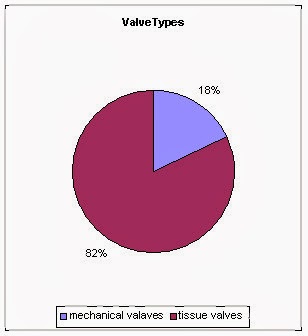@TicTokCroc
I just wanted to add a few things to the below
I've been monitoring my INR and doing my own dose administration for about 12 years now. If I may quote my old boss on the topic of experience:
Some people have a years experience in a job, others have a weeks experience 52 times.
What I mean by this is that collecting the data, keeping the data, doing analysis on the data , and not least discussing the analysis on this data here has helped me develop my understanding. Combined with a lot of journal level reading (not fluff level reading) I'm confident to say "I know more about ACT than my cardiologist or surgeon" (because fundamentally ACT is not their professional realm).
So we are all different, but I happen to know the actual data for quite a few people because I've helped them learn how to monitor and administer themselves. Some people here will claim something like "I'm 100% INR=2.5 every time I test and have been for years".
Good for them ... but is that you? It sure isn't me nor is it anyone I help. So lets look at a years data (and if you search here you can find my posts of yearly INR data going back to at least 2014). This graph shows both my INR and my dose, and by reading this graph you can see where I've made dose adjustments and by how much. In the main I get my adjustment right, right enough that my time in range is something like >95%. Time in therapeutic range is the benchmark for "
success" (defined as no strokes, no bleeds).
View attachment 889535
in that year my stats were this:
average | 2.6 |
std dev | 0.4 |
max | 3.3 |
min | 1.8 |
over event | 2 |
under event | 1 |
inRange % | 94.2 |
However I had some struggles with COVID in that year.
None the less a standard deviation of 0.4 should yell out to you that I could expect (with an average of 2.6) to see an INR of 2.2 or an INR of 3.0 ; neither of these would trigger me to consider making an adjustment to my daily dose for that week.
Now IF I was instead attempting to average 2.0 then I would on occasion expect to find myself at 1.6 ... while this may NOT trigger any strokes it may indeed just add to the residual accumulation of coagulation which sits on your valve surfaces (both the leaflets and the tube of the valve itself). Eg from a valve makers publication:
View attachment 889536
This is cumulative and I understand builds up with repeated iterative low INR. To eventually look like this:
View attachment 889537
the above image is from a presentation:
Evaluation of Prosthetic Heart Valves presentation 2010
So in my view it is remiss of any health professional to (without some guiding evidence) steer you to INR = 2.0 as a target (which reasonably would produce a manageable range of between 1.5 and 2.5)
Further I test weekly, just like a diabetic (who tests upwards of 3 times per day, week on week) I would not miss a weekly test. Harm eventually finds those who lull themselves to sleep believing that "
this is my stable dose".
Best Wishes



























